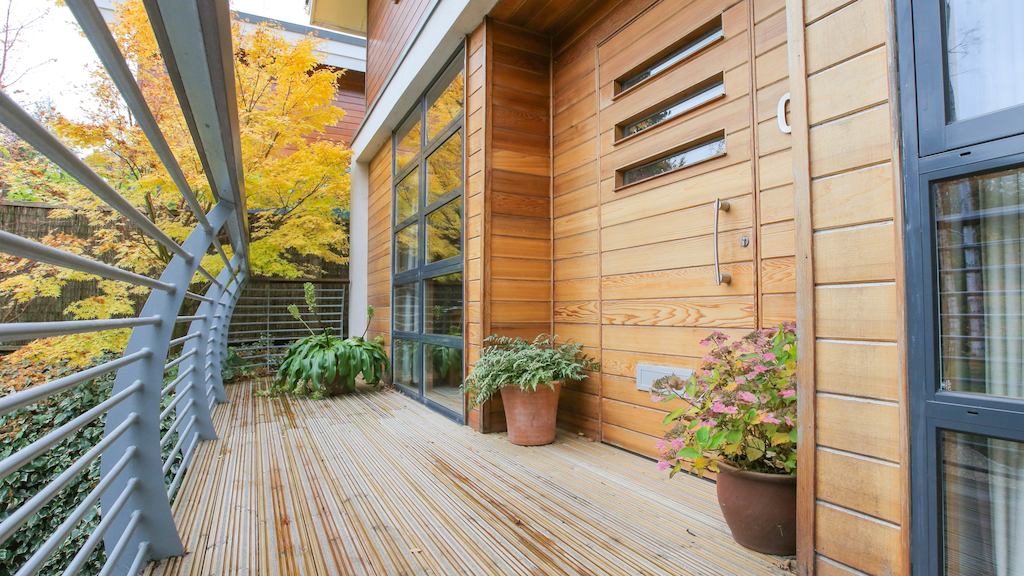Currently, 40% of households aged 65 and over lack one or more of their required adaptations to suit their needs, and it’s been estimated that around 400,000 wheelchair users are living in homes that are neither accessible nor adapted. Not only this but of the £513 million first year treatment costs caused by poor housing, £177 million of this is the cost of treating people who’ve fallen in their homes, which could be prevented by ensuring homes were accessible to begin with.
The government is currently considering raising the minimum accessibility and adaptability standards for new homes, as set out in Part M of Building Regulations. Ageing Better, as part of the Housing Made for Everyone (HoME) coalition, is campaigning for all new homes to be accessible and adaptable as standard, with stronger measures to ensure sufficient homes for wheelchair users are also built.
Building better homes not only means more space and flexibility for our changing needs indoors, but also better consideration of what we need outside the home – better access to safe outdoor green spaces, being digitally connected and living in places that maximise the potential for social connections. The Commission recognises that being connected to others is fundamental to our wellbeing – we must ensure our communities and our homes make it easier to stay connected and participate at all ages and however our lives change.
With 80% of the homes that we’ll be living in by 2050 already built, the condition and accessibility of existing homes is also a major factor in improving quality of life for people of all ages and abilities. The independent Good Home Inquiry, commissioned by Ageing Better, is looking at what makes a good home and how we can improve the quality of the homes we’re living in now – many of which present serious threats to our health. Older people are the most likely to live in these poor-quality homes.
As part of this Inquiry, research has been carried out by Ipsos MORI to try and build a picture of people’s experiences of their homes. The findings from this research will be published next week and will highlight some of the issues people face as well as the key barriers to accessing support or making changes needed.
Addressing the chronic shortage of accessible homes and building the right homes for the future is crucial to protecting and improving the health and wellbeing of millions of people to live more independent, happier and healthier lives for longer. The Commission’s vision of homes that are sustainable, safe, stable, sociable and satisfying sums up what we all want from our homes. We must create homes and communities that deliver on these values at every stage of our lives.

